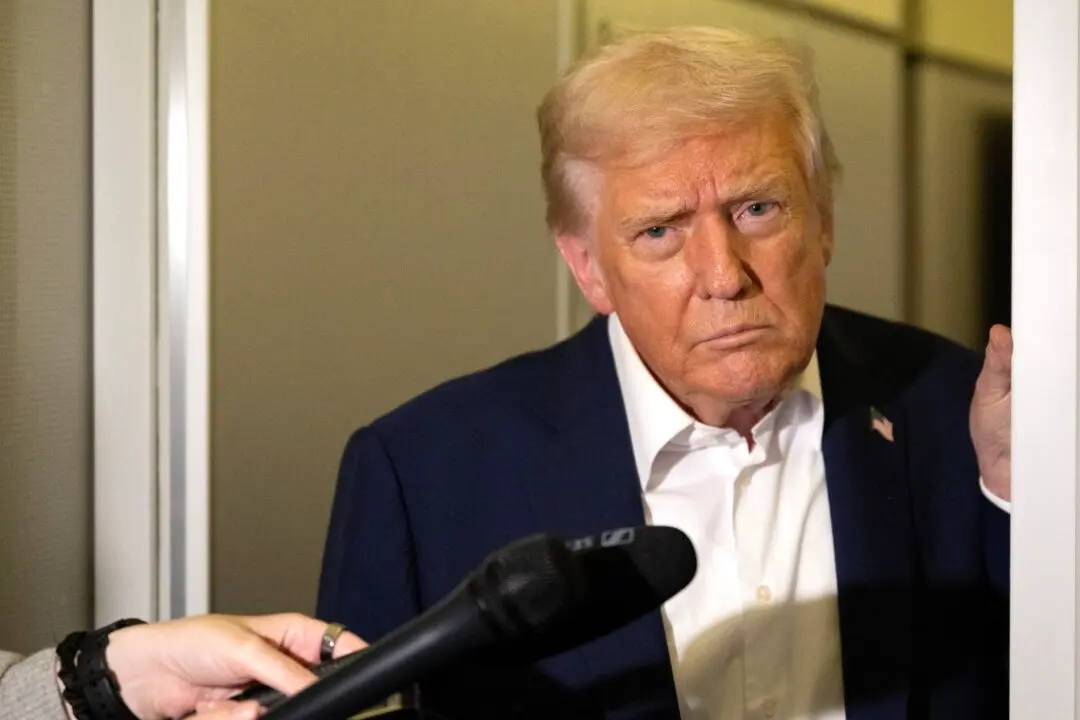Wall Street’s main indexes dipped in early trading on Dec. 15 as recent readings on inflation appeared to solidify bets that, later in the day, the Federal Reserve might announce a faster phase-out of pandemic-era stimulus that has provided a tailwind to financial markets.

Traders Michael Urkonis (L), John Santiago (C), and Thomas Ferrigno work on the floor of the New York Stock Exchange on Dec. 9, 2021. Richard Drew/AP Photo

Tom Ozimek
Reporter
|Updated:



